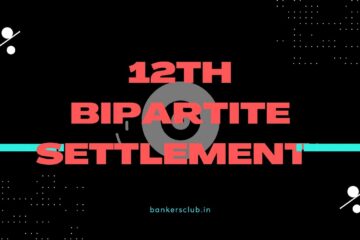Resolution of Stressed Assets – New RBI Guidelines
RBI, vide notification dated 12.02.2018 issued revised framework for resolution of Stressed Assets. In this notification, RBI has withdrawn the existing schemes such as CDR, SDR, S4A, JLF etc. For exposure of Rs.2000 crores and above, Banks need to resolve the default within 180 days otherwise file application with NCLT.
The analysis of the said guidelines is given below for easy understanding:
Withdrawal of existing schemes
The following schemes have been withdrawn:
- Framework for Revitalising Distressed Assets
- Corporate Debt Restructuring
- Flexible Structuring
- Scheme for Sustainable Structuring of Stressed Assets (S4A)
- Strategic Debt Restructuring Scheme (SDR)
- Joint Lenders’ Forum (JLF)
- Change in Ownership outside SDR
[All accounts, including such accounts where any of the schemes have been invoked but not yet implemented, shall be governed by the revised framework]
Implementation of Resolution Plan (RP)
Board-approved policies for resolution of stressed assets under this framework, including the timelines for resolution.
As soon as there is a default* in the borrower entity’s account with any lender, all lenders − singly or jointly − shall initiate steps to cure the default.
[* Default – non-payment of debt when become due and not repaid. For cash credit, if outstanding balance in excess of the sanctioned limit or DP for more than 30 days]
Resolution Plan (RP) inter-alia include
- Regularization
- Sale of exposure
- Change in ownership
- Restructuring
Resolution Plan (RP) is implemented if:
a. Borrower entity is no longer in default with any of the lenders
OR
b. If the resolution involves restructuring:
All related documentation / creation of security charge / perfection of securities are completed by all lenders
New capital structure and/or changes in the terms of conditions of the existing loans get duly reflected in the books of all the lenders and the borrower.
RPs involving restructuring / change in ownership in respect of ‘large’ accounts (aggregate exposure of lenders is ₹ 100 Crores and above)
– Require independent credit evaluation (ICE) of the residual debt by credit rating agencies (CRAs)
– If aggregate exposure of ₹ 500 crores and above require two such ICEs
– RPs which receive a credit opinion of RP4 or better for the residual debt shall be considered for implementation.
– CRAs to be directly engaged by the lenders and the payment of fee to be made by the lenders.
Timelines for Large Accounts to be Referred under IBC
For aggregate Exposure of Rs.2000 crores and above reference date is 1st March 2018.
In the these cases RP will be implemented:
If in default as on the reference date – 180 days from the reference date.
If in default after the reference date – 180 days from the date of first such default.
If a RP in respect of such large accounts is not implemented as per the timelines above lenders shall file insolvency application, singly or jointly, under the Insolvency and Bankruptcy Code 2016 (IBC) within 15 days from the expiry of the said timeline
For aggregate exposure Rs.100 crores and above but below Rs.2000 crores
Reserve Bank to announce, over a two-year period, reference dates for implementing the RP to ensure calibrated, time-bound resolution of all such accounts in default
Failure in meeting the prescribed timelines or any actions with an intent to conceal the actual status of accounts or evergreen the stressed accounts, will be subjected to stringent supervisory / enforcement actions including higher provisioning on such accounts and monetary penalties

